What we assess when doing an evaluation of a patient in our office is the degree of restriction and range of motion of the tongue and lip. A thorough examination of a baby is done in a knee-to-knee position with a parent holding their baby. In addition to a visual examination of the baby’s mouth, the doctor will feel with their fingers for tightness and restrictions in range of motion of the tongue and lip. We also review symptoms that mom and baby are presenting with.
If a child has a restrictive tie, they will often have difficulty latching to the breast and will nurse very poorly, compensating often by using their gums to “chomp” on mom’s nipples causing severe pain and bleeding as well as excessive pursing of their lips for suction which often results in blisters.
Levels: 1-4 Grading scale
- 1 is mild and 4 is extreme (most restrictive)
- Proper examination to determine is done in a knee-to-knee exam.
- Determined by visually inspecting the area as well as touching and feeling for degree of restriction and range of mobility / motion and tension.
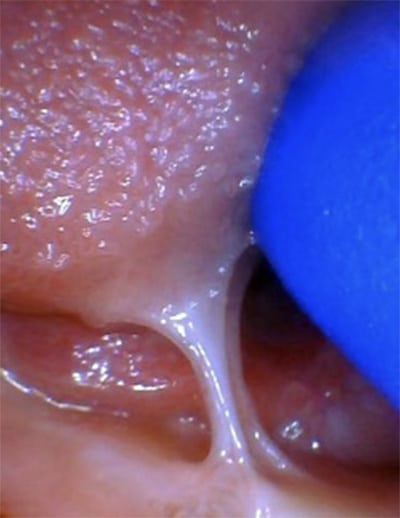
There are many types of ties ranging from the very obvious where the tie is tethered to the tip of the tongue.
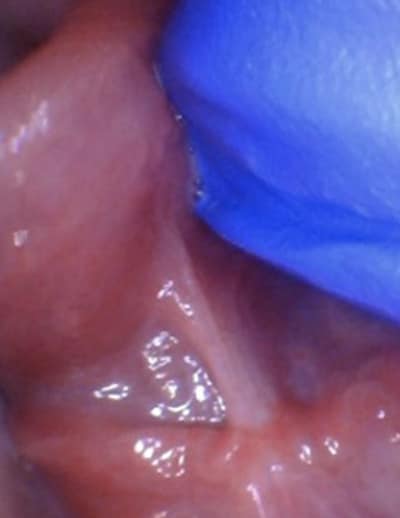
There are lesser visible ties which can still be significant with regards to a baby’s ability to nurse that are more posterior in their location underneath the tongue. This type of tie may restrict the ability of the posterior portion of the tongue to elevate to the roof of the mouth which is needed to effectively nurse.
Lip ties also vary in degree of severity but all have an effect on the ability of the upper lip to properly flange out to achieve a proper seal around the nipple. When there is a restriction in the ability of the upper lip to do so baby’s show signs of gassiness and discomfort during and after feeding due to swallowed air otherwise known as aerophagia. This sometimes can result in excessive spitting up of fluids when burping.
Examples of lip ties are shown below:
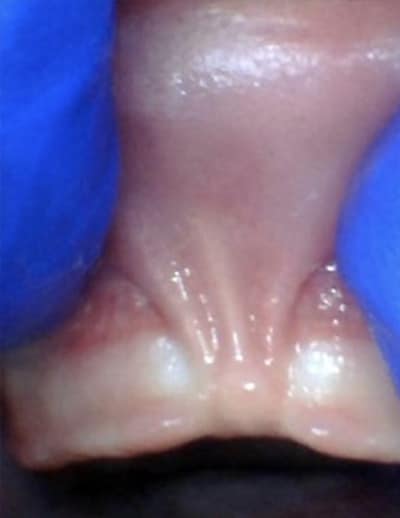
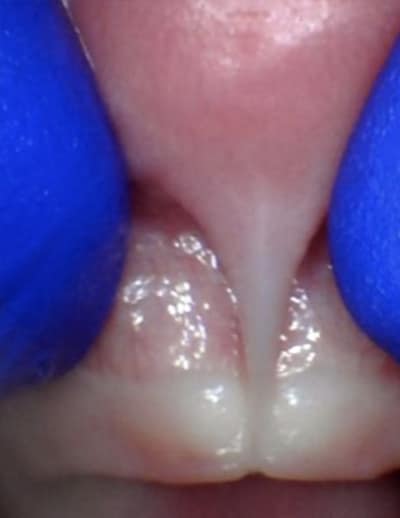
After releasing the tongue- and/or lip-tie, mothers often report immediate relief of pain and a deeper latch.
There are many children who have difficulties related to tongue-ties and lip-ties, but unfortunately, these conditions are not identified until later in life. They can cause speech, feeding issues, effect sleep and a wide range of orthodontic concerns. If there is a limit to the range of motion of the tongue certain sounds are not able to be achieved which will affect speech. Swallowing of food properly can be affected as well and sometimes shows itself as a picky eater or someone who gags and vomits easily.
Tongue tied patients are very often unable to elevate their entire tongue to the roof of their mouth at rest which is where it should be always except when eating or speaking. The tongue has an orthodontic effect on the upper jaw development. Children who are unable to achieve this position due to restrictions develop cross bites and crowding which must later be corrected orthodontically. These children also tend to be mouth breathers which is associated with snoring and in some cases sleep apnea.
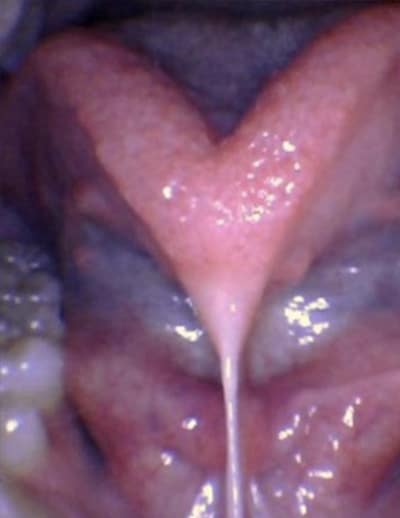
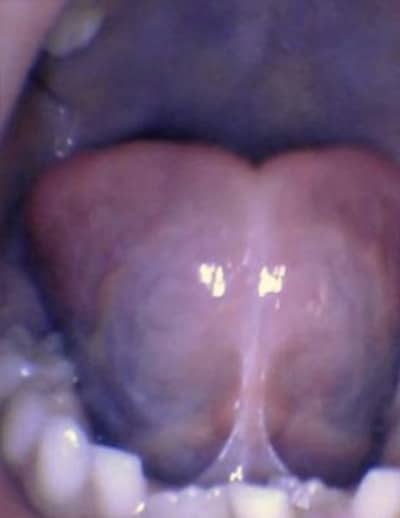
Lip ties in children can be the cause of spacing between teeth which may even prevent closure orthodontically with braces. Often, we see patients with increased plaque accumulation on teeth in the area of a thick lip tie due to difficulty and discomfort brushing ultimately resulting in tooth decay.
Symptoms
Lip blisters can be a sign of a lip tie. If you baby is not latching properly, they may compensate by over using their lips to hold on to the breast creating a blister.
Myths
Frenectomies are just a fad. Just wait until the baby falls and breaks the tie on their own.
